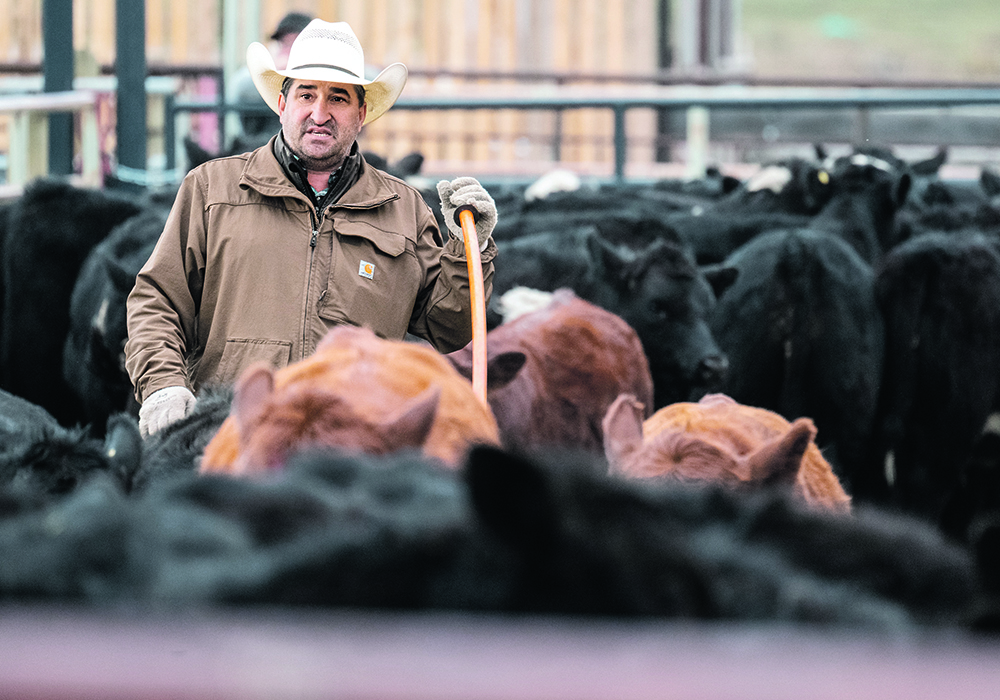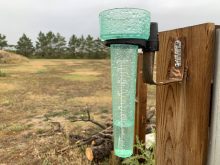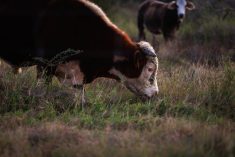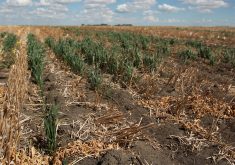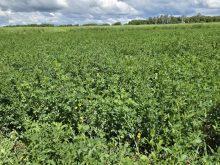Western provinces are tapping into the AgriRecovery program for the second time in three years as drought and fire continue to plague the region.
The federal government will provide $219 million to Saskatchewan, Alberta and British Columbia, while the provinces will kick in a collective $125 million under the cost-splitting program designed to provide relief during agricultural disasters.
However, drought and fire have become regular occurrences recently, prompting governments to trigger the AgriRecovery framework in 2021 and now 2023.
Read Also
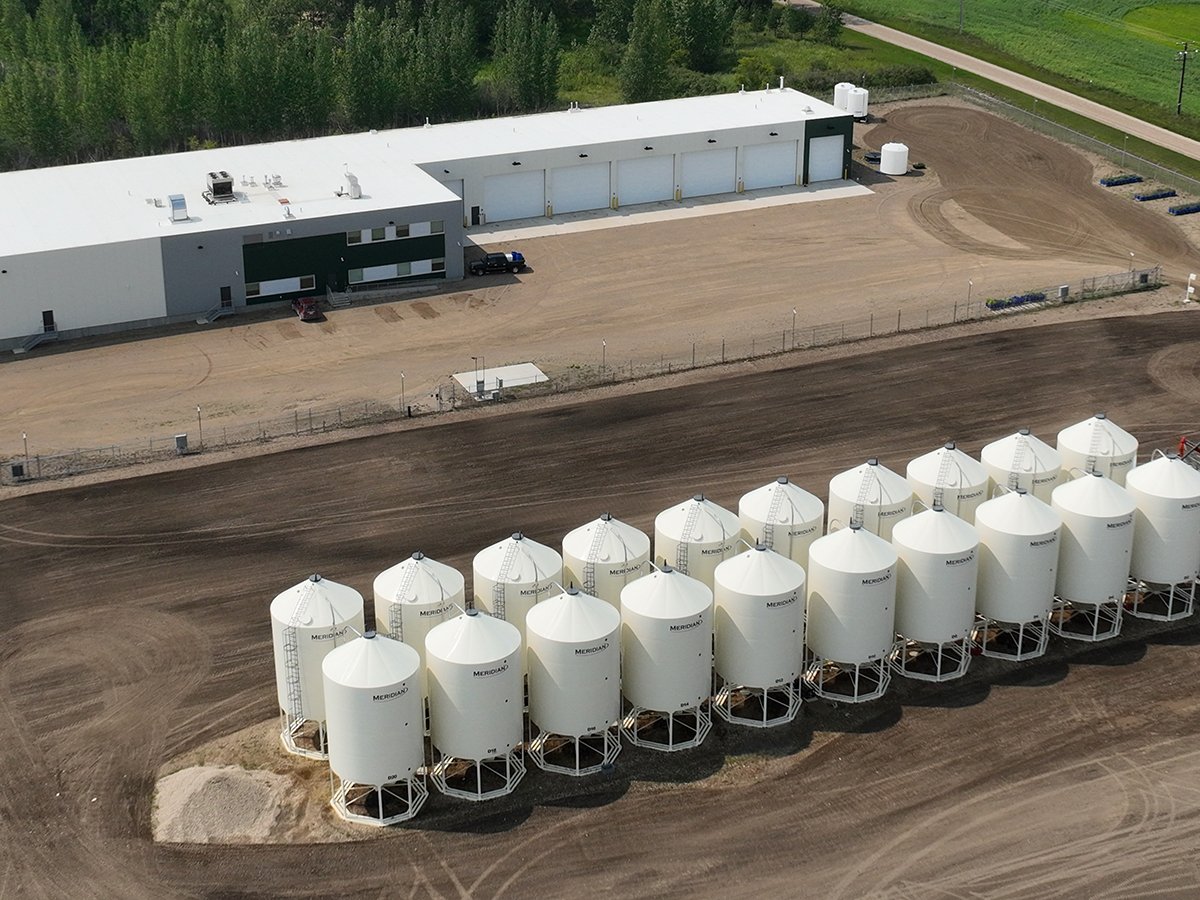
Saskatchewan firm aims to fix soil with compost pellets
In his business, Humaterra, Leon Pratchler is helping farmers maximize yields in the weakest areas of their fields through the use of a compost pellet.
Alberta Beef Producers vice-chair Sheila Hillmer welcomed the assistance that will see up to $150 a head for some producers to cover costs associated with feed and other drought-related expenses. However, she said a more proactive approach is needed to ensure the viability of the cattle sector, which continues to see inventory declines.
“It won’t be enough, guaranteed, and for some, it’s too late and they won’t qualify,” Hillmer said about the federal-provincial drought program.
Alberta will receive the lion’s share of AgriRecovery funding with the feds pitching in $99 million and the province adding an additional $66 million.
Hillmer said the cattle industry requires insurance programs that can protect and mitigate against risks the industry faces.
“It hasn’t worked that way in the livestock production side, unlike the crop side,” she said.
“The one thing we lack in livestock production is predictability on pricing, on production, on all of those things, so unpredictability and volatility is not a good business plan. It certainly makes banks nervous as well as keeping people in business.”
The one predictable factor over the last two decades has been declining cattle inventories across the country, a situation that continues to worsen.
“It’s been very challenging, if not impossible, for young producers to enter the industry,” she said.
“A lot of multigenerational operations are ending simply because of severe weather issues, impacts on profitability and succession that either they don’t have or don’t want to stay in this volatile business.”
Those who do remain in the sector are often required to take jobs off the ranch to maintain the business, she added, and AgriRecovery programs designed to react to extreme environmental factors aren’t going to be enough to rectify the situation.
“This can’t continue. These types of programs are a minimal support at best,” she said.
“Are we thankful and grateful for those who qualify? Absolutely. But moving forward, there has to be programs that work and are there when needed.”
The Alberta program will be administrated by the Agriculture Financial Services Corp. Details of who will qualify had yet to be announced as of press deadline Oct. 23.
Saskatchewan started rolling out assistance to livestock producers in late August with an initial payment of $80 a head as part of a $70 million advance on the anticipated AgriRecovery program funding. Saskatchewan’s program will now allow eligible producers to access up to $77 million in areas identified by Canadian Drought Monitor mapping and up to $150 per head for livestock.
“I think it will be a big help for people who incurred extraordinary costs to source enough feed to get them through the winter,” said Saskatchewan Cattlemen’s Association chair Keith Day.
“Earlier in the fall you could find feed, but it’s the freight that’s expensive. You have to haul it quite a way.”
Up to $71 million will be made available to B.C. livestock producers under the program for feed as well as costs associated with damage caused by wildfires. B.C.’s program also covers costs of replacing apiaries lost by beekeepers due to fire.


